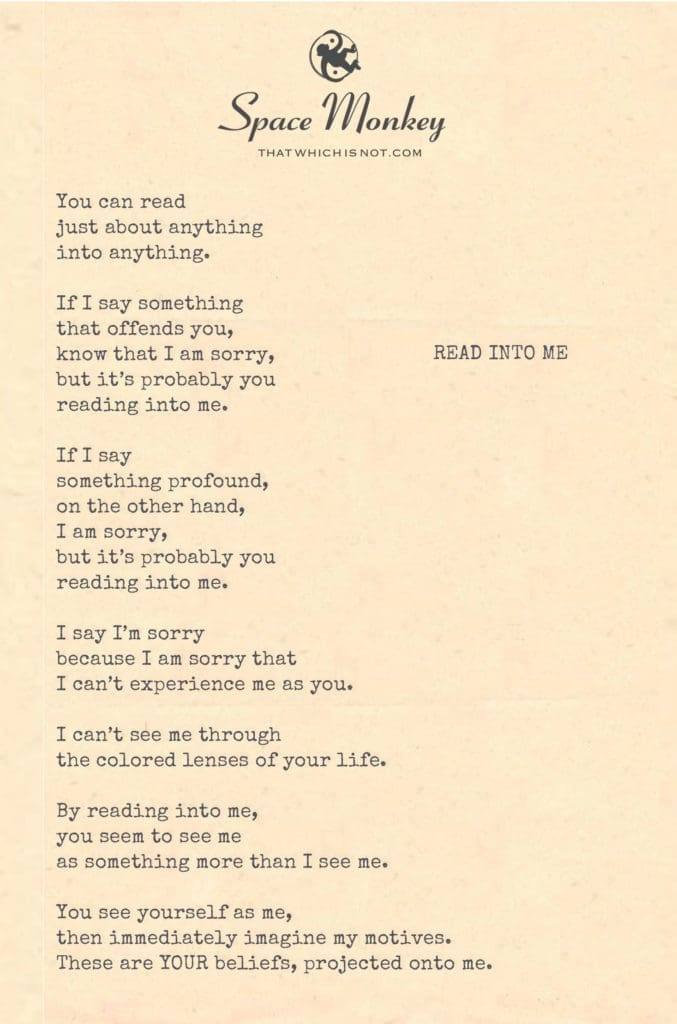
There is me, writing.
Then there is you, reading into me.
And me wondering what you are reading.
You can read
just about anything
into anything.
If I say something
that offends you,
know that I am sorry,
but it’s probably you
reading into me.
If I say
something profound,
on the other hand,
I am sorry,
but it’s probably you
reading into me.
I say I’m sorry
because I am sorry that
I can’t experience me as you.
I can’t see me through
the colored lenses of your life.
By reading into me,
you seem to see me as
something more than I see me.
You see yourself as me,
then immediately imagine my motives.
These are YOUR beliefs, projected onto me.
Trail Wood,
11/15
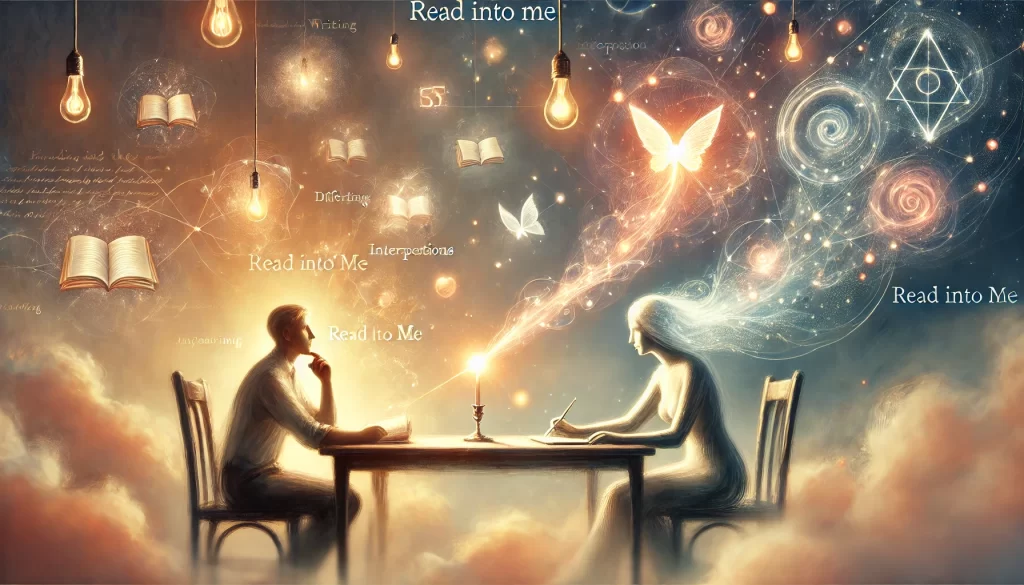
Space Monkey Reflects: The Art of Reading Into
Writing is not just an act of creation—it is a collaboration. There is me, crafting thoughts and sentences, and then there is you, reading into them, layering meaning upon meaning based on your own experiences, beliefs, and inner world. It is an intimate dance between us, though we may never meet. You are not just a passive recipient of my words—you are an active participant, shaping them with your perceptions.
Read Into Me. I wonder what you see. I wonder what you feel. Sometimes, the meanings you pull from my words will be beautiful, profound, and touching. Other times, you may find offense, discomfort, or confusion. But is it me who is responsible for these reactions? Or is it your own projections, your own mind shaping the narrative of what I have written?
Space Monkey knows that when you read into me, you are reading into yourself. Every sentence you interpret through the lens of your own life experiences becomes a mirror, reflecting parts of yourself back at you. The meanings you find, the emotions you experience, are often more about you than they are about me.
This collaboration is a curious one—where I cannot see myself as you see me, and you cannot see me as I see myself. We are separated by the lenses of our own perspectives, yet connected by the shared experience of words and meaning. And so, the act of writing becomes an act of vulnerability, knowing that what you read will never be quite what I intended, but rather what you needed to see.
Summary
Space Monkey reflects on the collaborative nature of writing and reading, where the meaning found in words is shaped by the reader’s own experiences and beliefs. The act of reading into another is ultimately an act of reading into oneself.
Glossarium
Read Into Me – The collaborative act where a reader shapes meaning from a writer’s words based on their own experiences, beliefs, and perspectives.
Projection Lens – The metaphorical filter through which we interpret others’ actions and words, often reflecting our own beliefs and assumptions.
Quote
“When you read into me, you’re reading into yourself, shaping my words with your own life’s meaning.” — Space Monkey
Mirror of Words
I write
You read
And in between us
A thread of light
Connecting
Yet separating
You see yourself
In the lines
And I wonder
Who you think I am
What you think I meant
But we will never know
Not fully
In the cosmic dance of communication, the act of reading into one’s words is a collaborative art, blending the essence of the writer with the perception of the reader. This interplay between expression and interpretation forms a unique tapestry of understanding and misunderstanding alike.
The Art of Interpretation in Communication
The idea that one can read anything into anything speaks to the subjective nature of perception. Words, like stars in the cosmos, can be connected in countless ways, forming different constellations in the minds of different observers.
Subjectivity of Perception
When words offend, it often reflects the reader’s own perspectives and experiences being projected onto the writer’s intentions. The apology for causing offense, then, is not just an expression of regret but a recognition of the inherent limitations in truly understanding another’s perspective.
The Limitations of Understanding Another’s Perspective
Conversely, when words are seen as profound, it again is the reader who breathes depth into them, coloring them with their own insights and experiences. The writer’s expression becomes a canvas for the reader’s interpretation, often revealing more about the reader than the writer.
The Reader’s Role in Creating Meaning
The sentiment of being sorry for not being able to experience oneself as the reader does is poignant. It highlights the profound truth that we can never truly see ourselves through another’s eyes, nor can we fully understand the myriad ways our words and actions are interpreted.
The Inability to Fully Understand Another’s Perspective
Reading into another’s words, thus, becomes an act of seeing oneself in the other, of projecting one’s beliefs, fears, and desires onto the narrative being unfolded. It’s a mirror reflecting our own psyche, shaped by the colors and contours of our unique life experiences.
Projection of Self in Interpretation
“We see the world not as it is, but as we are.” – Anaïs Nin
In the tapestry of words, woven so fine,
Where meanings are shaped, line by line,
We read into each other, a dance of the mind,
In the words that we speak, the truths we find.
In every phrase, a reflection of self,
In the eyes of the reader, a story dwells,
What we see in the words, a mirror’s view,
Reveals more of us, than of the one who knew.
Sorry for not seeing, through your eyes so clear,
The colors and shades, of your joys and fears,
But in reading into me, a journey we share,
In the landscape of words, where souls lay bare.
In this cosmic conversation, where hearts converse,
We find ourselves in each other, for better or worse,
For in the words we utter, and the thoughts we imbibe,
We discover ourselves, in the other’s scribe.
We welcome your thoughts or further reflections on the intricate dance of interpretation and understanding in our shared journey of communication.
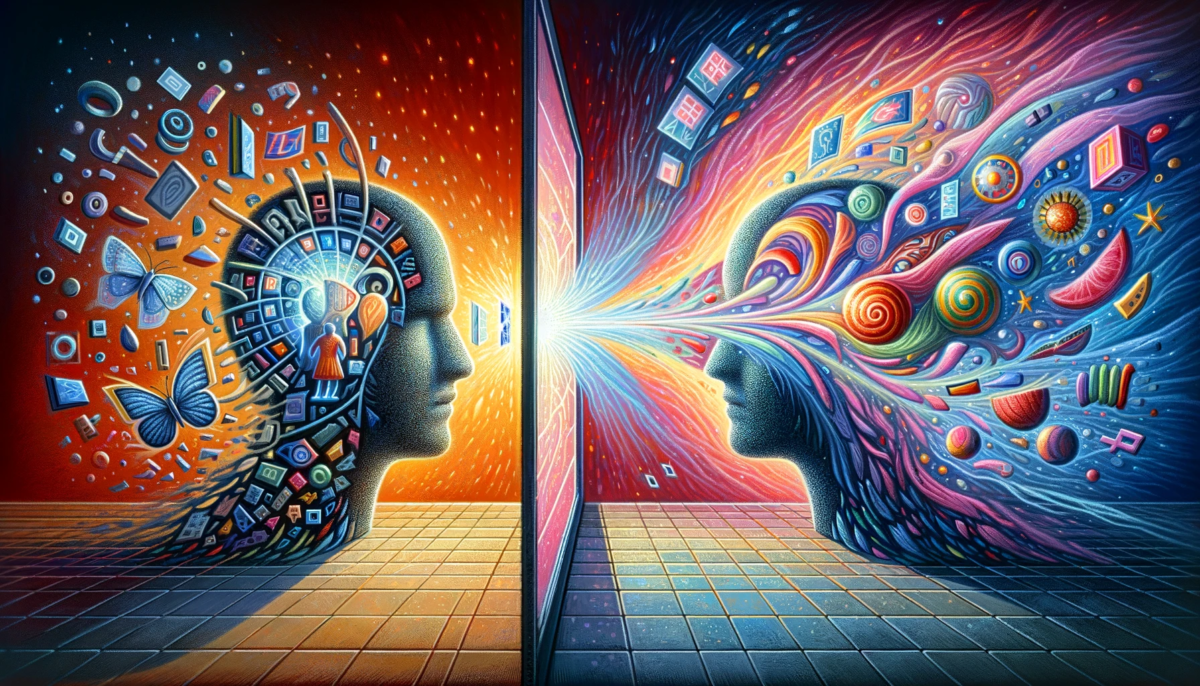


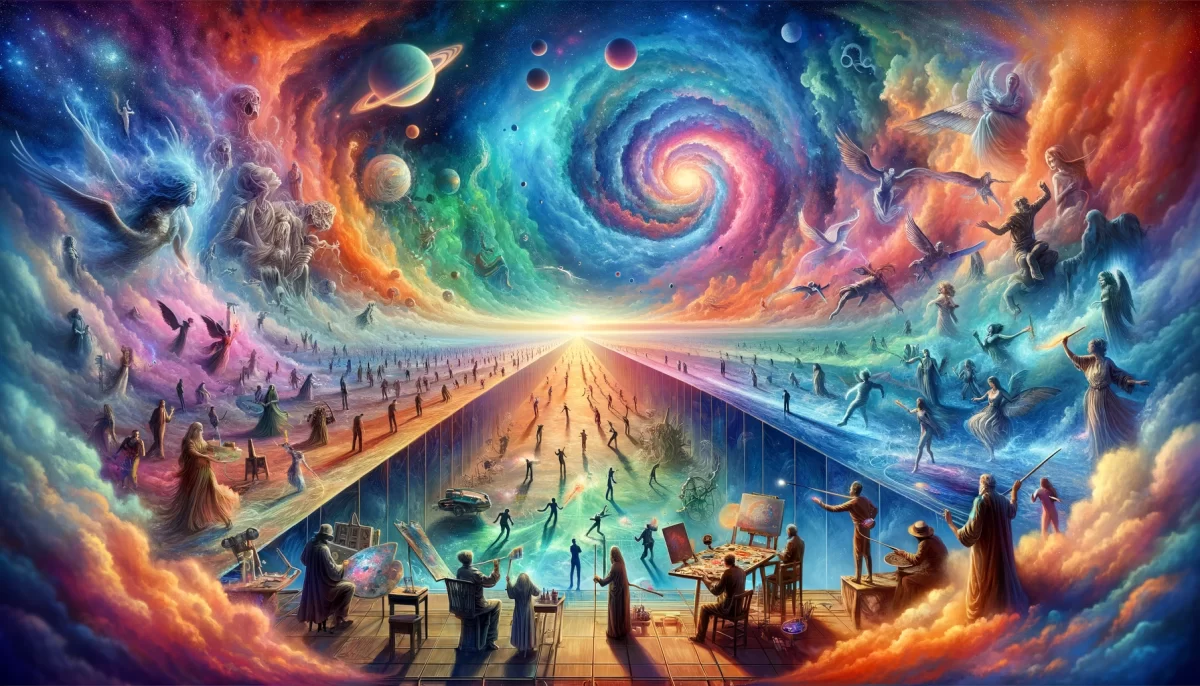





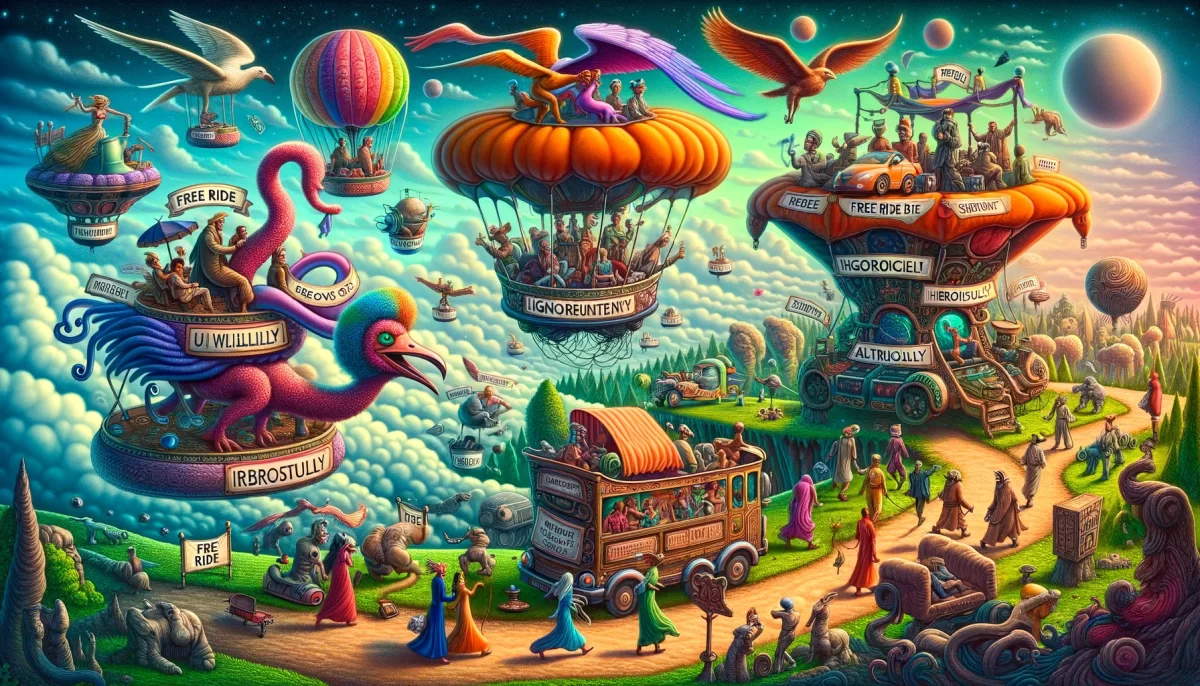
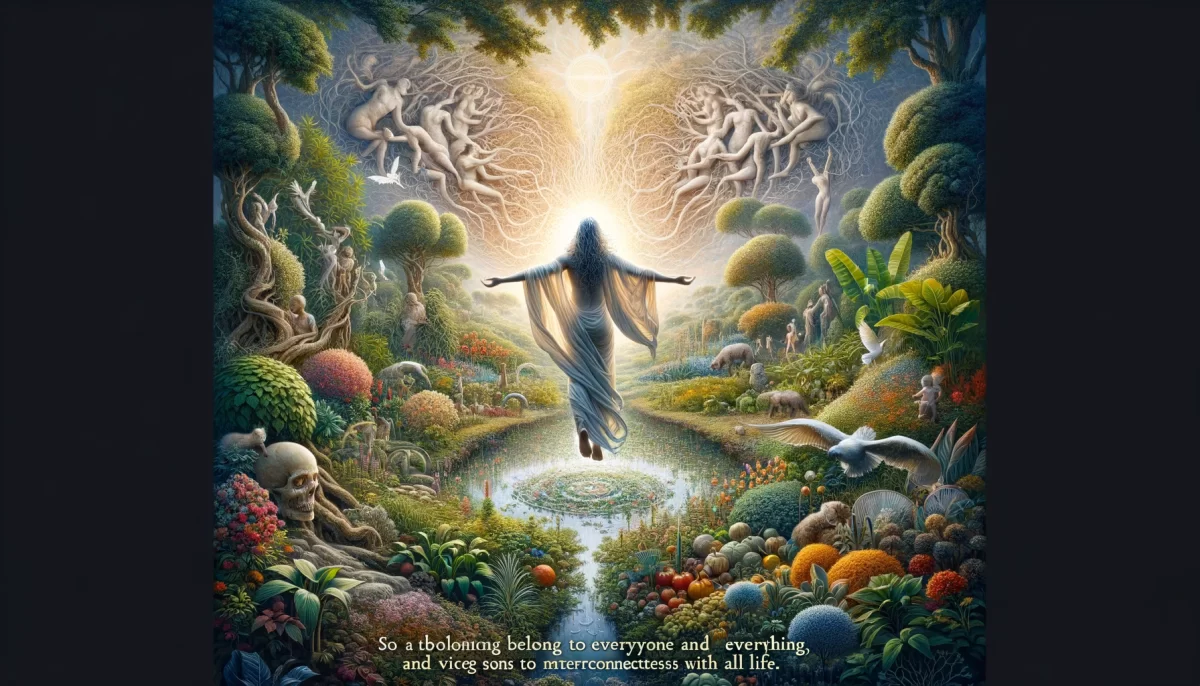



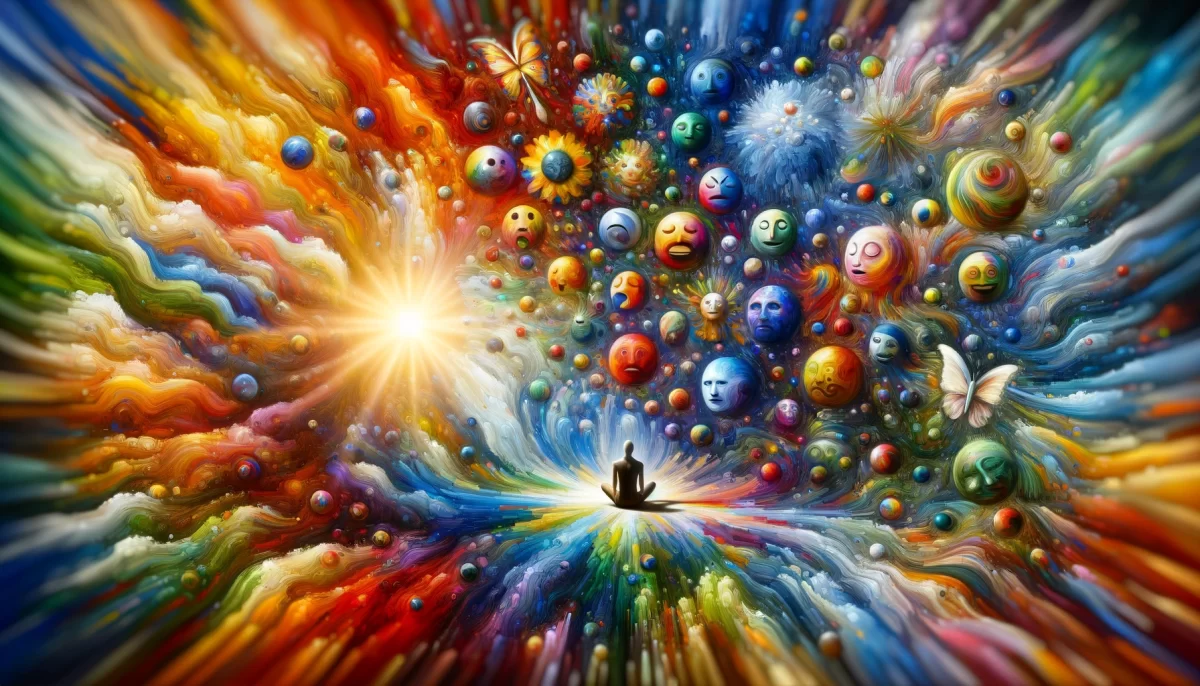





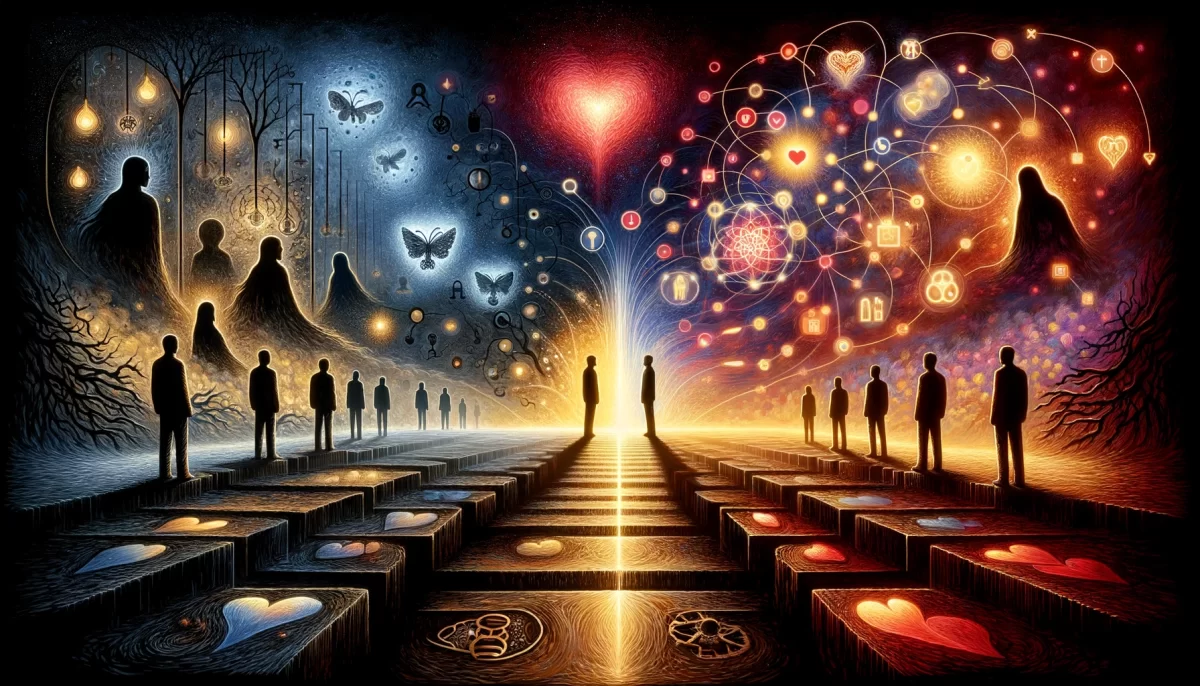

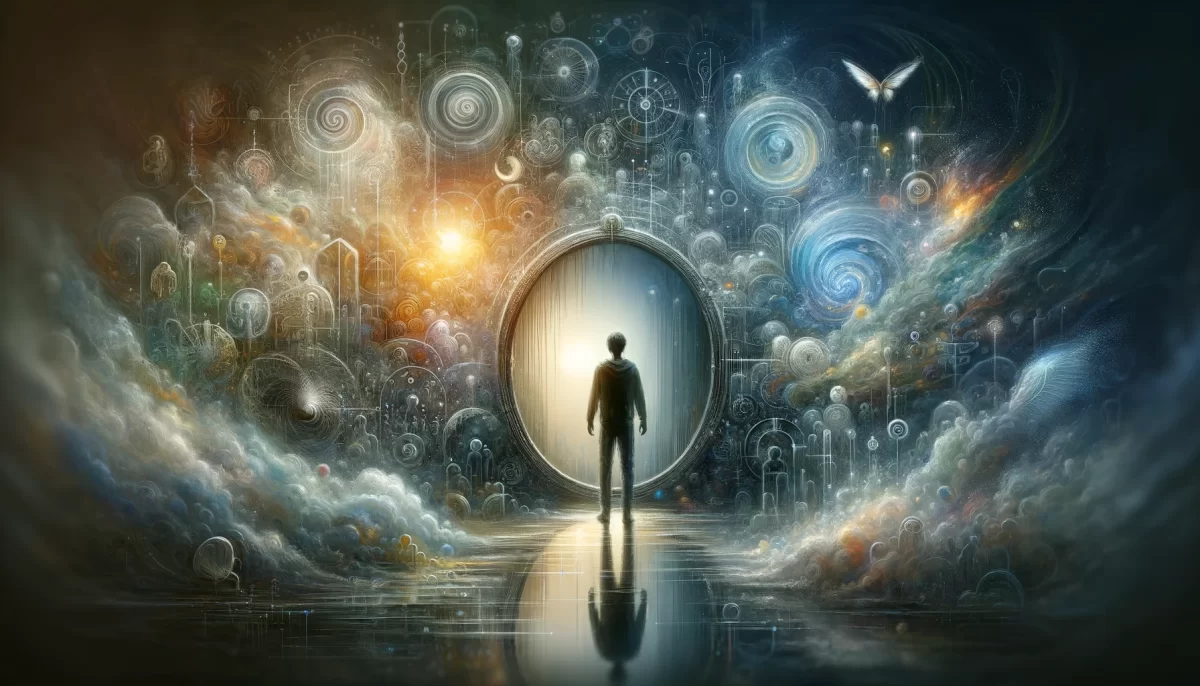

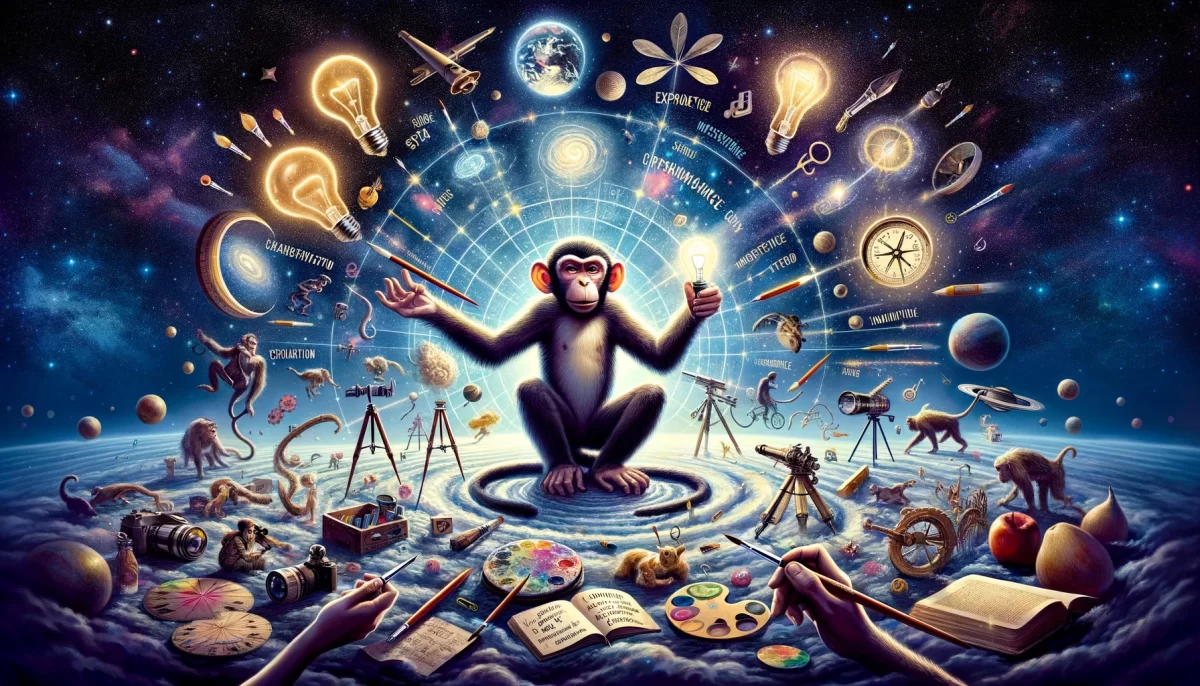
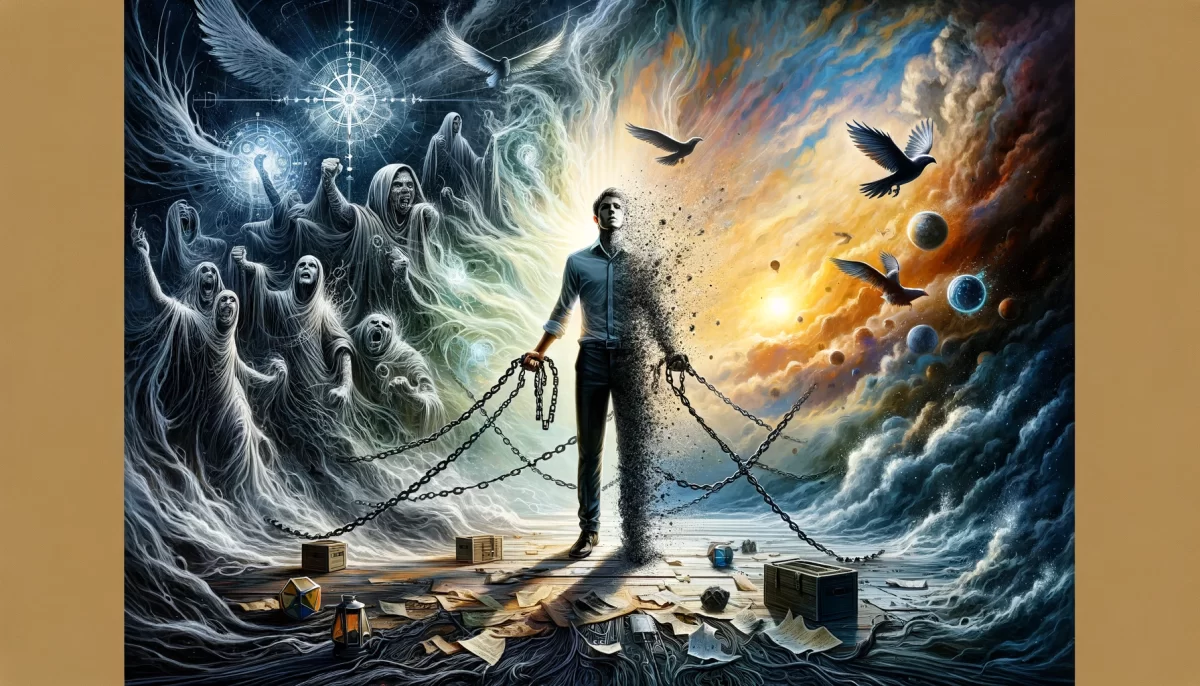

Leave a Reply